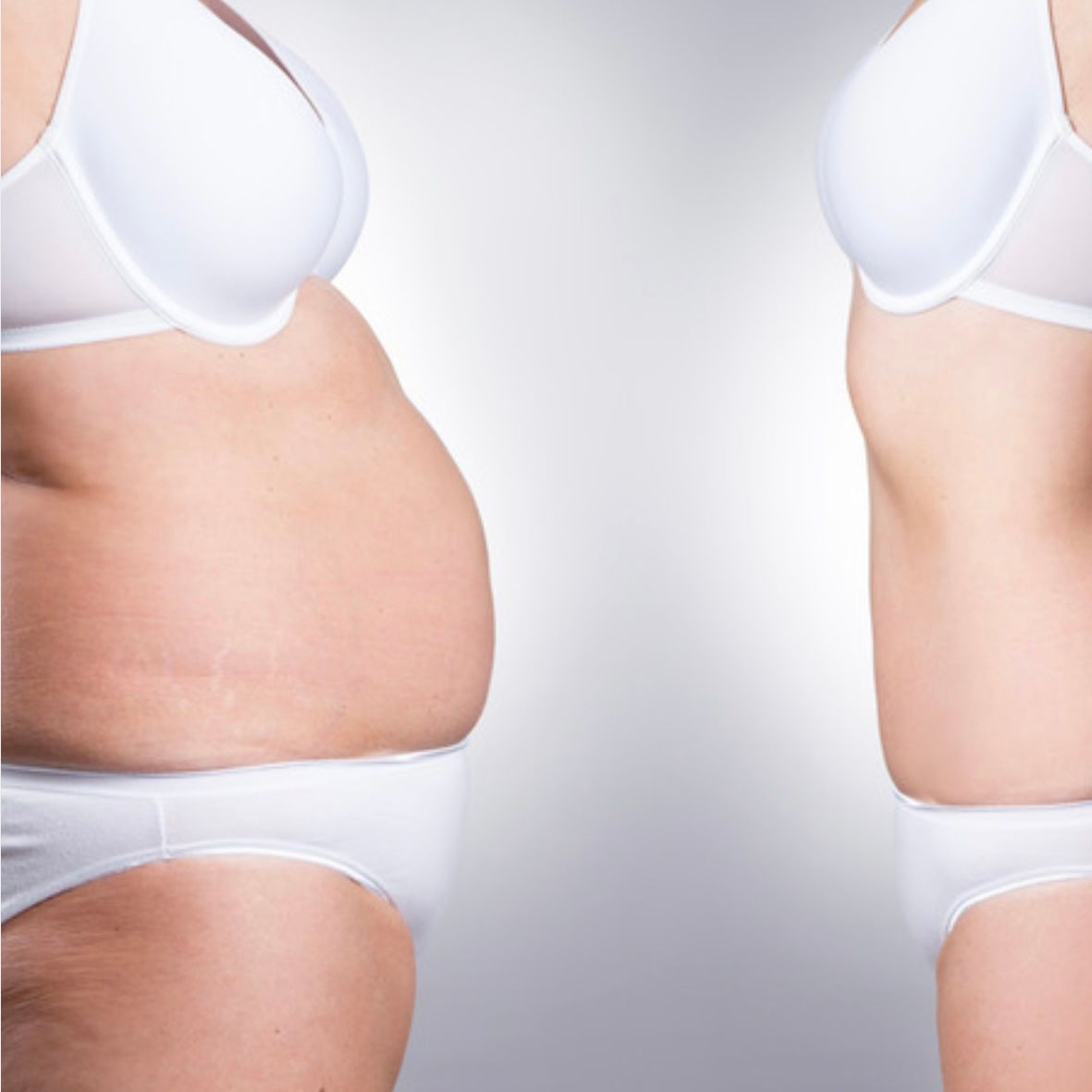For Services & Prices Click Here: https://bit.ly/4251j3T
Liposonix
Fat Reduction Treatment
Cellulite / Body Slimming / Weight Loss




1 treatment
1 Hour
Lose 1 Dress Size
What is a Liposonix Body Slimming/Cellulite/Fat Reduction treatment?
Liposonix is a nonsurgical fat-reduction treatment that uses high-intensity focused ultrasound energy (HIFU) to destroy
unwanted fat cells. Your lymphatic system flushes out the damaged cells in the coming weeks and months, for a permanent reduction of fat in the treated area.
This body-contouring device is used to treat the abdomen, flanks (aka love handles), legs, thighs & arms and it’s intended for pockets of stubborn fat that resist diet and exercise— not as a weight-loss solution.
As with other non invasive fat reduction procedures, results aren't dramatic as they would be with surgical procedures like liposuction, which can remove a higher volume of fat tissue in a single treatment.
Areas Targeted with the Liposonix Body Slimming/Cellulite/Fat Reduction Treatment.
1. Abdomen shaping: Stubborn belly fat, postpartum belly, post-natal stretch marks reduction.
2. Waist tighten: Tighten loose skin of waist and abdomen.
3. Arm firming: Decrease arm fat causing flabby arms.
4. Thigh slimming: Tighten skin of thigh, effectively shape legs.
5. Hip lifting: Buttocks lifting, tighten loose skin of sagging buttocks.
6. Leg reshape: Fat loss of leg, improve cellulite on front & back of legs.
Why Choose Liposonix ?
1. Body thinner, skin tightening.
2. Fat reduction.
3. Body slimming, body shaping.
4. To promote and accelerate the body's metabolism.
What are the pros and cons of Liposonix?
Pros
- Liposonix works by harnessing HIFU technology, so it is far less invasive than liposuction and other surgical fat-reduction procedures.
- According to the manufacturer, the average waistline reduction after just a single one-hour treatment is about 3cm.
- Our clients have lost up to 5cm in 1 treatment.
- There’s little to no downtime, and no risk of lumpiness or uneven reduction, as there is with liposuction.
Cons
- You must be close to your ideal weight to be a good candidate for Liposonix treatment, as it only treats pockets of stubborn fat.
- You’ll have to wait up to three months for your body to naturally remove the dead fat cells, so you can see your final results.
- At that point, you may choose to have a second treatment session to reach your goals.
What is the Liposonix treatment cost
Tummy $900
Flanks $300
Tummy & Flanks $1000
Inner Thighs $500
Outer Thighs $500
Inner & Outer Thighs $900
Knees $300
Under Arms $600
Buttocks $700
Bra Rolls $600
Who is a good candidate for Liposonix?
Potential patients should be close to their ideal body weight, with a body mass index (BMI) of less than 30, and a desire to target areas of stubborn fat that have resisted a healthy diet and regular exercise.
During your initial consultation, your technician will assess whether you’re a good candidate or suggest another approach
for your areas of concern.
What happens during a Liposonix procedure?
The procedure takes up to an hour, depending on the size of the treatment area.
Your therapist will start by drawing on your skin to mark the targeted areas of the body that will be treated. Then, they'll apply the handheld device of the Liposonix system to your skin's surface and move it across the treated area.
As it heats your subcutaneous fat tissue 1.3 centimeters below the skin, you may feel mild discomfort, warmth, or a prickling sensation, but the treatment shouldn't harm skin or the surrounding tissues.
How long does Liposonix recovery take?
Post-treatment recovery downtime is minimal, and you can return to normal activities quickly. You can expect to have bruising (possibly extensive bruising), and treated areas will be swollen and sore. Some of these side effects typically resolve within a week, but some clients say it took more than two weeks for the bruising and soreness to resolve. Some also say they felt itching under the skin.
You’ll be able to resume your regular exercise routine a week after the Liposonix procedure.
Over the next three months, your body will flush out the destroyed fat cells. While the treated fat tissue is permanently destroyed, some patients undergo a second treatment session, for optimal results.
While the eliminated fat cells can’t grow back, the fat cells that remain in the treated area can expand if you gain weight.
You’ll need to maintain a healthy lifestyle to keep up your results long-term.
Contraindications
Pregnant, recently pregnant,
or breastfeeding women
Patients with pacemakers, stents, or any implants to do with heart valves
Patients using skin-thinning or sun-sensitive medications (i.e. roaccutane)
Patients who have undergone recent surgery (Within 3-6 months, or dependant on healing)
Patients with liver disease
or malfunctioning liver
Patients with kidney disease
or malfunctioning kidneys
Patients with cancer or who are currently undergoing cancer treatment
Patients with Diabetes (type 1)
Patients with high fever
Certain medications:
(please check with your Doctor)
Patients with blood clot or coagulation disorders (i.e. Haemophilus)
Patients with Epilepsy
Patients with Raynaud’s disease
Patients with Vascular diseases
Patients with Epilepsy
Patients with Cochlear Implants or
hearing aids
Patients with metal implants
Patients with Cochlear Implants
Patients with metal threads
Patients with dermal implants
*Disclaimer: Results may vary from client to client.

